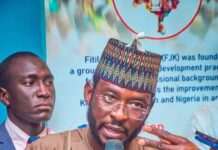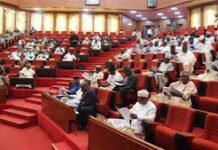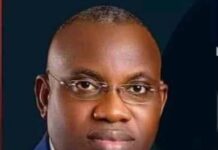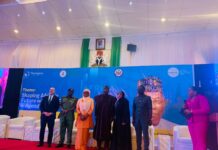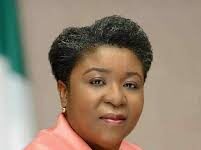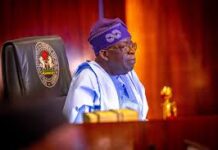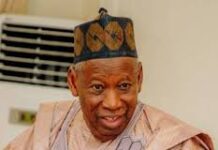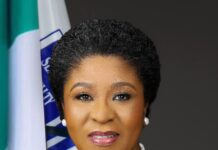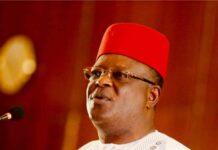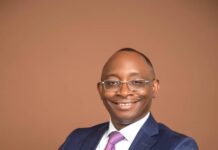The Logical Facts on 2023 Presidential Election
POLITICS DIGEST- Asiwaju Bola Tinubu, got only 37% of the vote, down from the 56% that Buhari got in 2019.
In 2019 was a two-horse race between the APC and PDP candidates, 2023 was at least a four-horse race between APC, PDP, LP and NNPP candidates.
It was the first time since 2007 that we had more than two major candidates in a presidential election and the first time since 1983 that we had up to four major candidates in such a race.
The top four candidates in this election got 37%, 29%, 25% and 6% respectively. This compares closely with 1979 when Shagari got 34%, Awo got 29%, Zik got 16%, Aminu Kano got 10.28 and Waziri Ibrahim got 10%.
The top three runners up in this race got a combined 60% of the vote.
That is impressive, but then, they only have themselves to blame that they did not present a united front before the election. They only tried to present a united front to contest the results.
It is a case of locking the stables after the horses have bolted. Would they have made 60% of the vote if they had united behind a single candidate? Anybody’s guess.
Tinubu’s party went into this election controlling the Federal and 21 state governments. In the event, he won only 12 states outright.
PDP’s Atiku Abubakar also won 12 states, LP’s Peter Obi won 12 states outright [FCT included]
NNPP’s Kwankwaso won outright in one state.
So how did Tinubu win the race? Simple.
The number of states that a candidate wins outright is important. Equally important is the number of states in which he came second. Also very important is, if he came second with only a narrow margin in most of them.
Read Also:
Tinubu won 12 states outright [Zamfara, Jigawa, Borno, Niger, Kwara, Kogi, Benue, Ekiti, Oyo, Ogun, Ondo and Rivers]. He came second in 19 states [Kebbi, Sokoto, Kaduna, Katsina, Kano, Gombe, Bauchi, Yobe, Taraba, Nasarawa, Plateau, Adamawa, Osun, Lagos, Cross River, Akwa Ibom, Edo, Imo and Ebonyi].
In many cases the margins of loss were very small, only 3,000 votes in Sokoto, 12,000 in Katsina and equally narrow margins in Osun and Lagos.
Tinubu came second to Kwankwaso in Kano, second to Atiku in most of the states the latter won and second to Obi in Lagos, Ebonyi, Imo and Edo.
This was exactly how Alhaji Shehu Shagari won the presidency in 1979. He won outright in nine states out of 19 [Sokoto, Kaduna, Niger, Bauchi, Gongola, Benue, Kwara, Rivers and Cross River.] He won in Kaduna and Gongola even though his party lost the governorship elections there two weeks earlier, what in those days was called “the bandwagon effect.” Of the remaining ten states in Nigeria at the time, Shagari came second in 9 [Oyo, Ogun, Ondo, Bendel, Anambra, Imo, Borno, Plateau and Kano]. Shagari came third only in Lagos, after Awo and Zik. Like Shagari, like Tinubu; you are victorious if your party is either first or second in almost every state.
Allegations that APC rigged the election also falls flat because it lost the biggest states, namely Lagos, Kaduna, Kano and Katsina, even though all of them have APC state governors, all of whom are staunchly loyal to Tinubu.
In terms of vote banks, what is Imo, Edo or Adamawa to these states? Why should anyone go rigging elections in some small states when he could rig up figures in the biggest ones and win by a large margin?
If they could help it, why should ten APC governors, APC National Chairman and Director General of the APC campaign suffer the embarrassment of failing to deliver their states?
Why should Tinubu himself suffer the embarrassment of failing to win outright in Lagos, long alleged to be his political fiefdom?
Allegations that APC rigged these polls do not hold the water of logic. But those making them still have the chance to prove them at the election tribunals.







